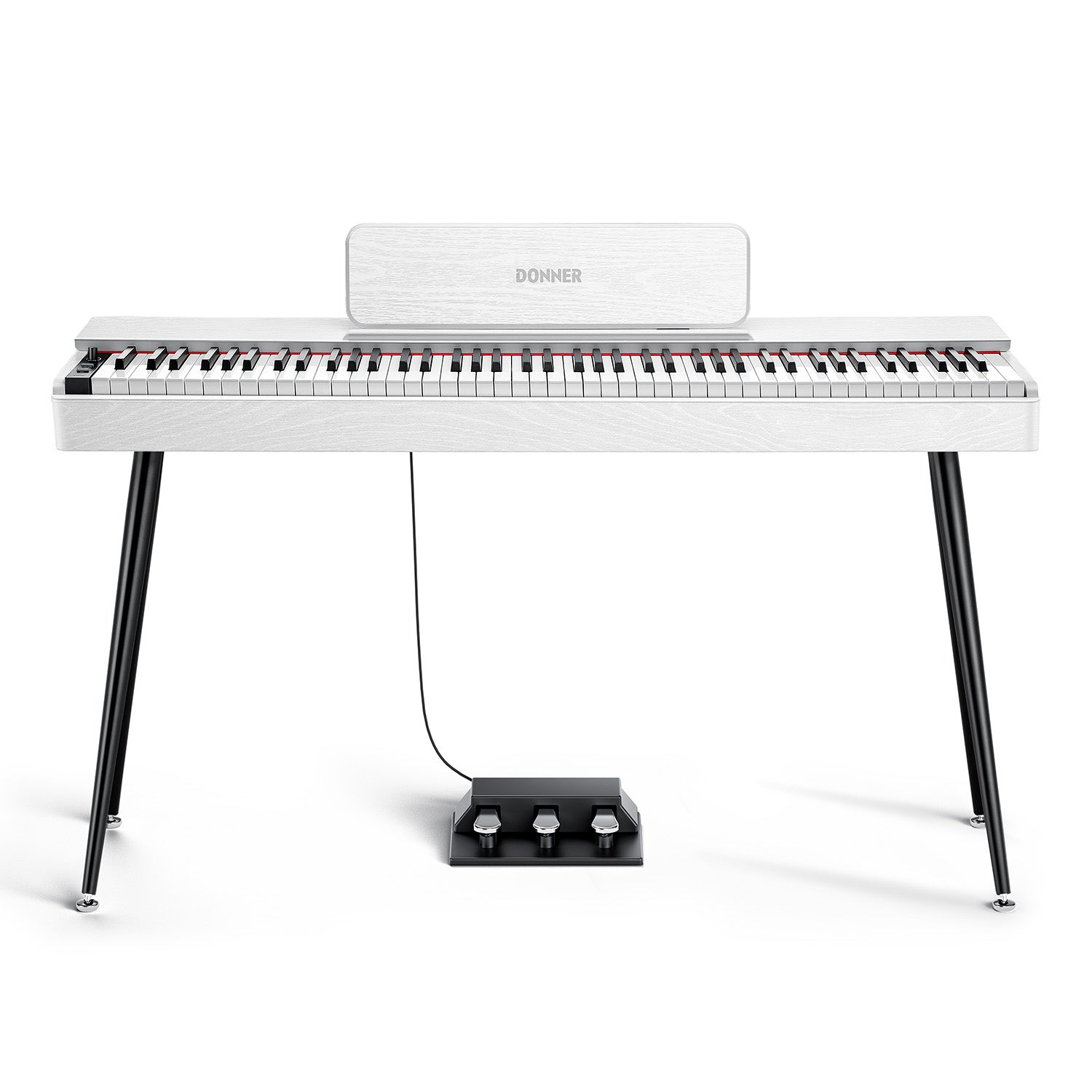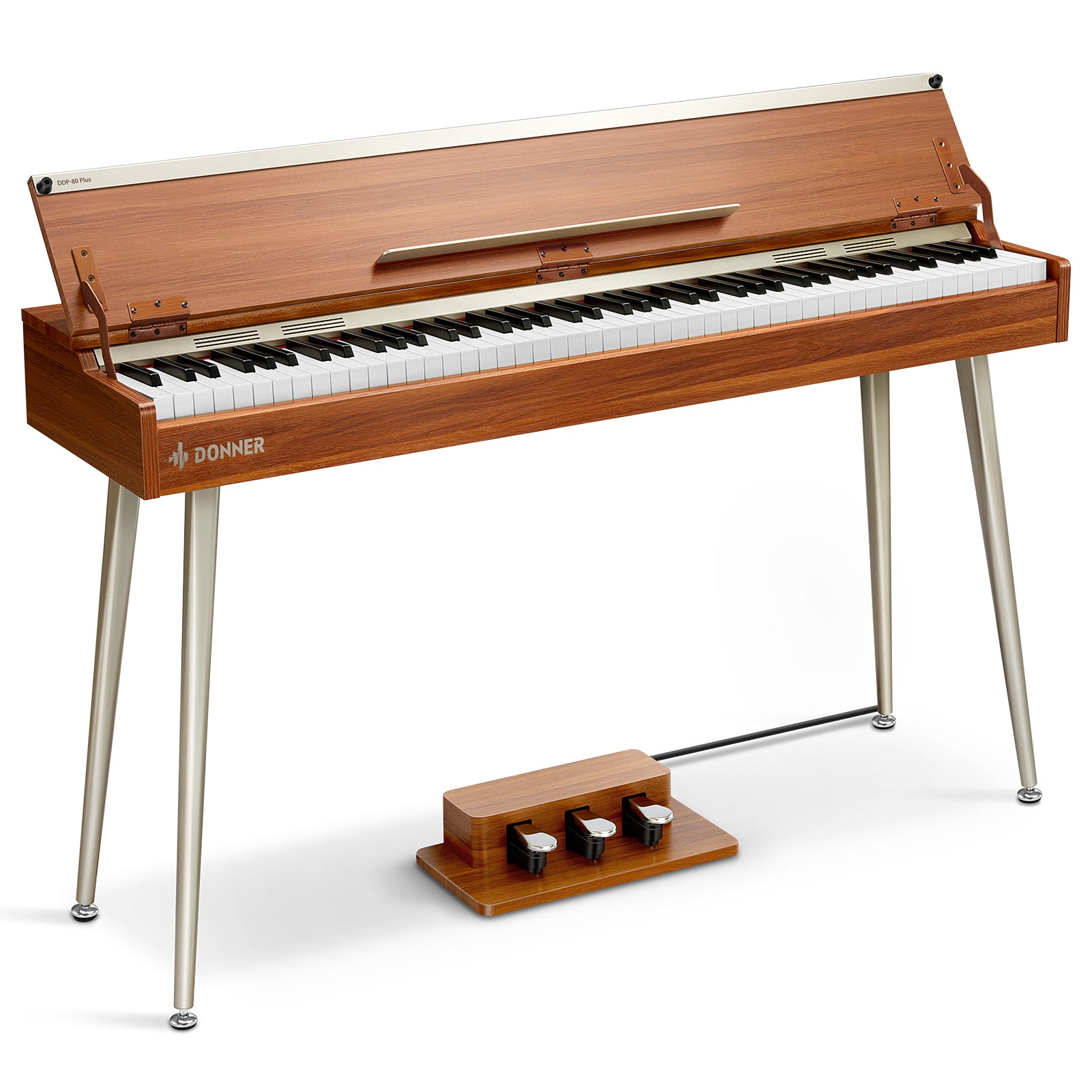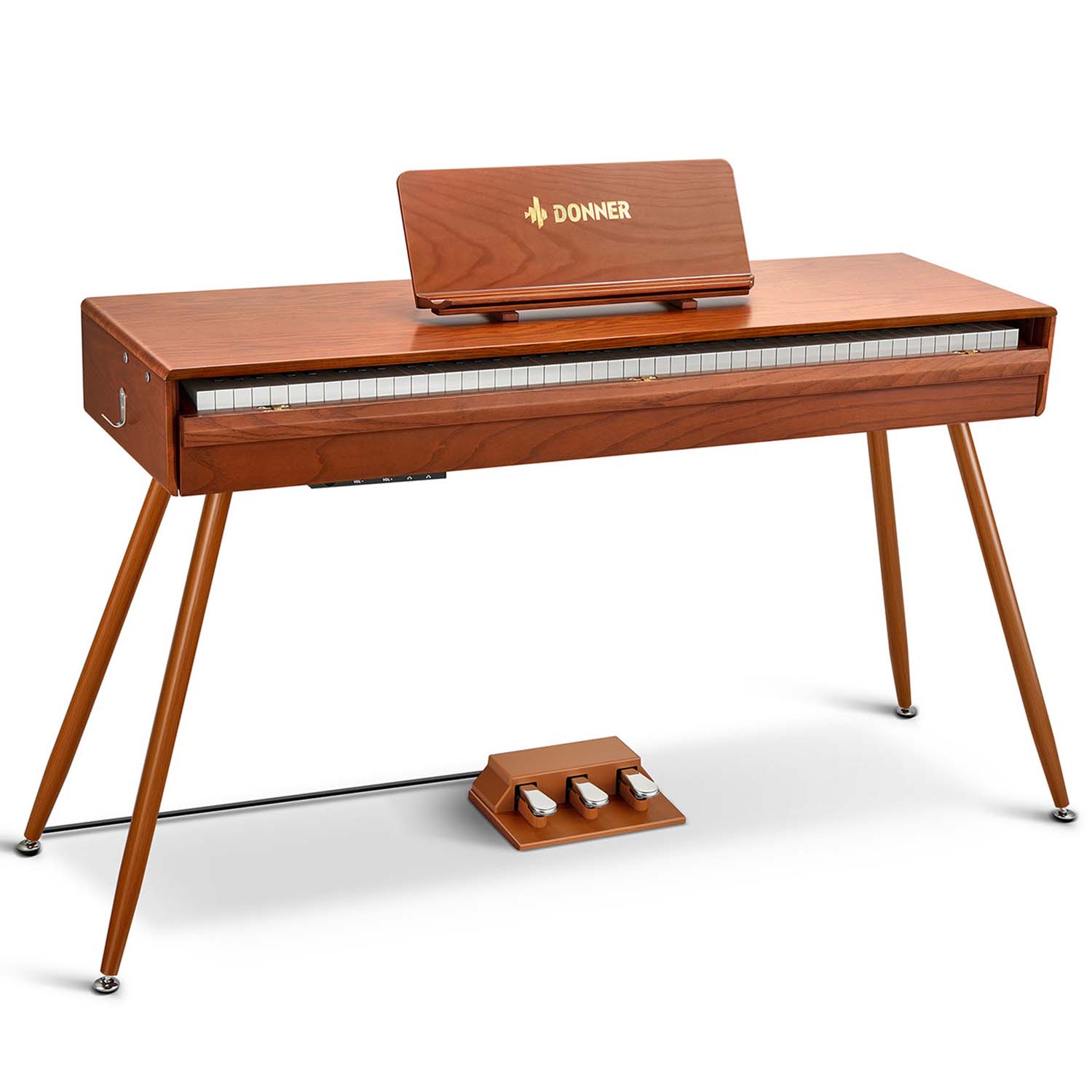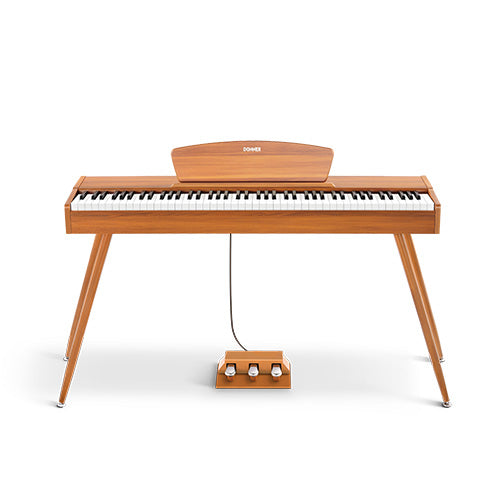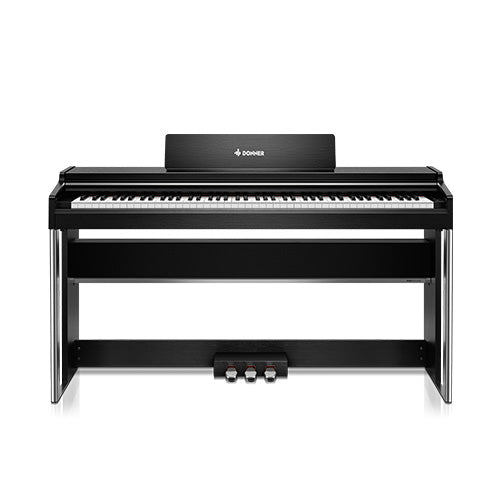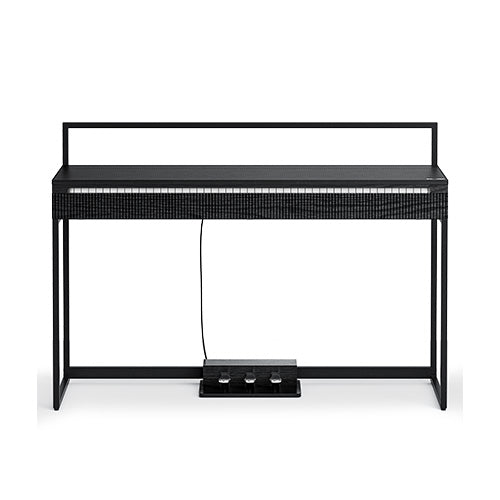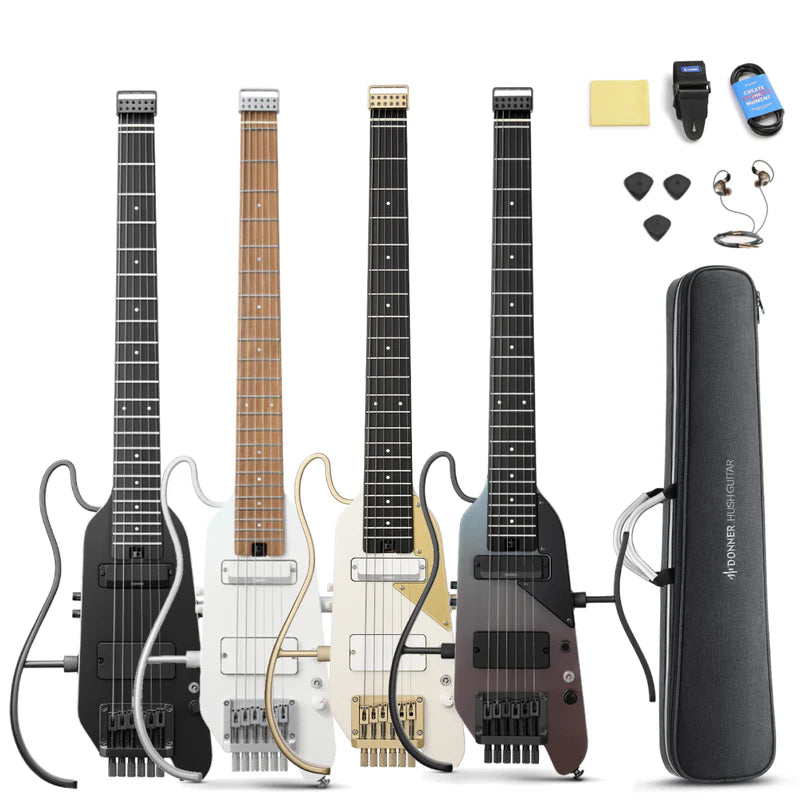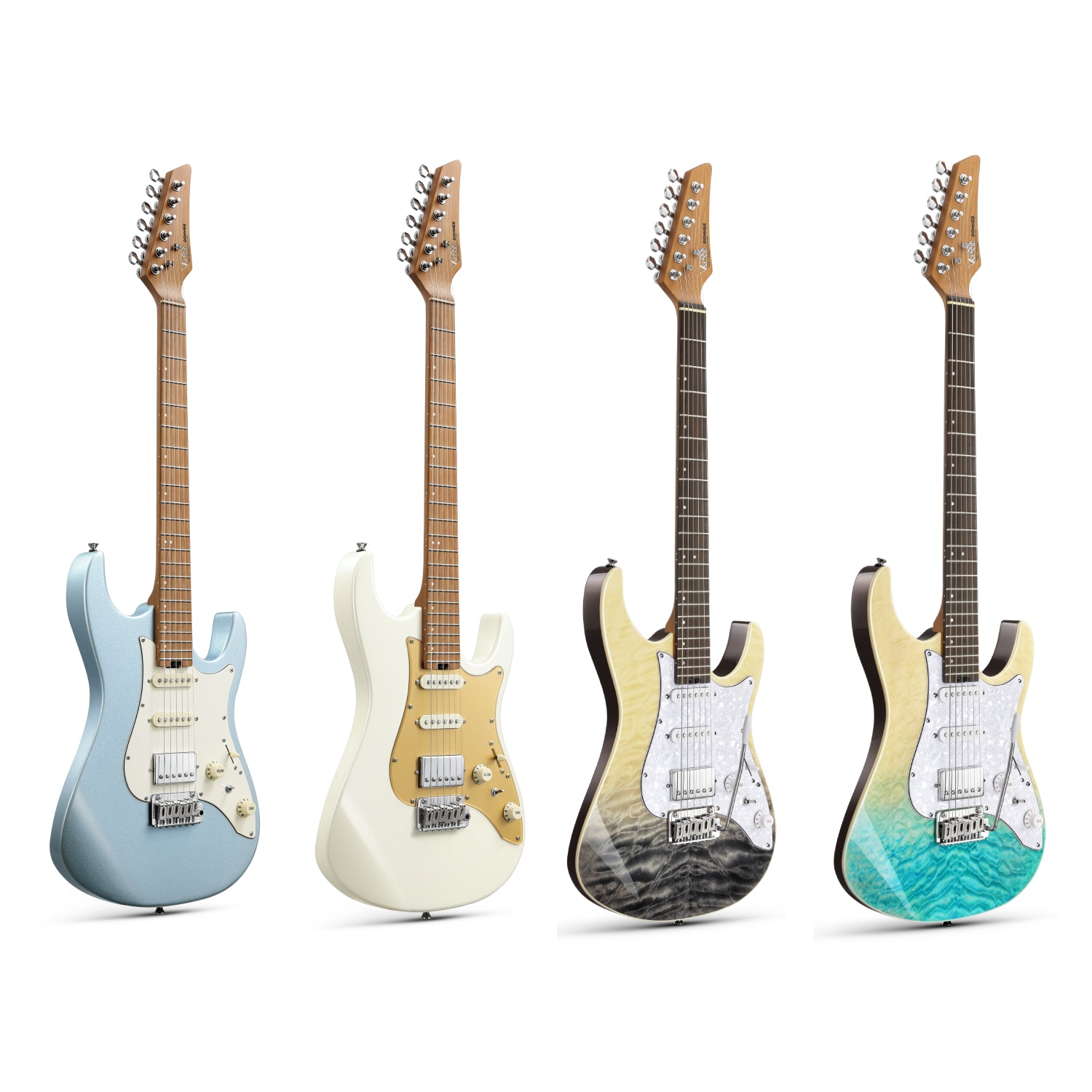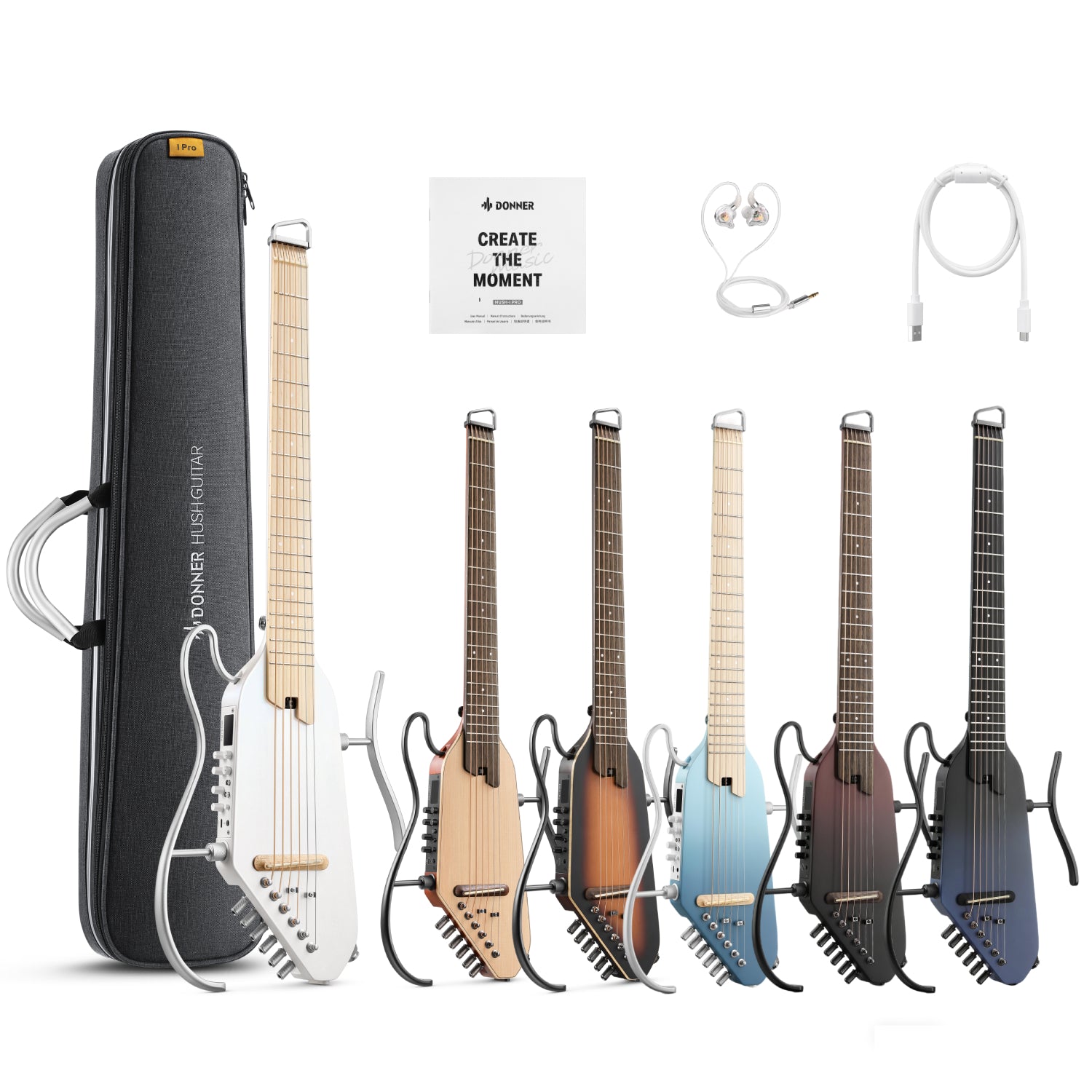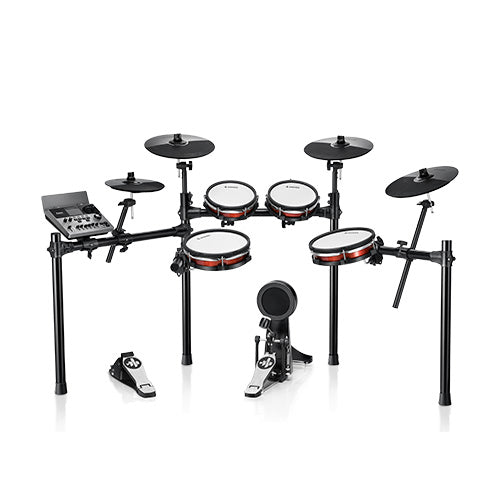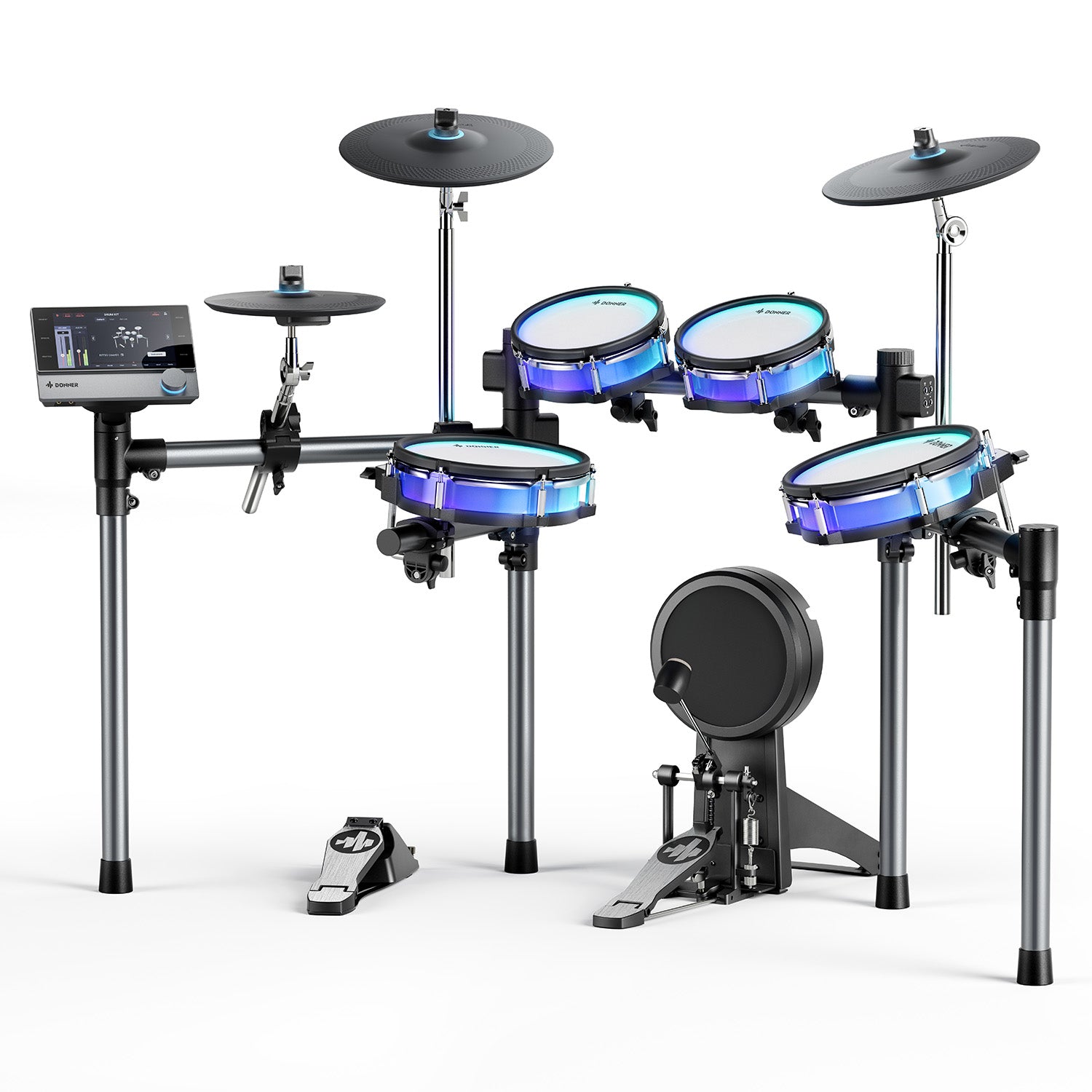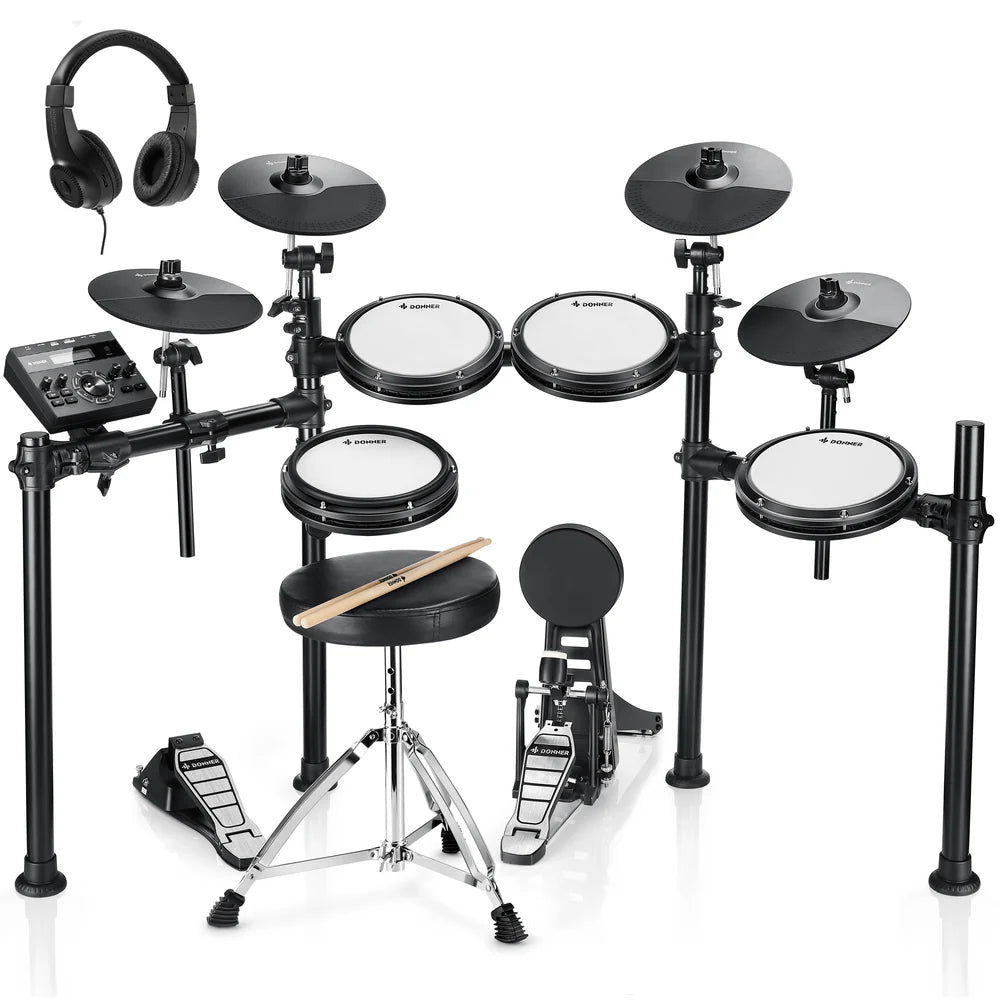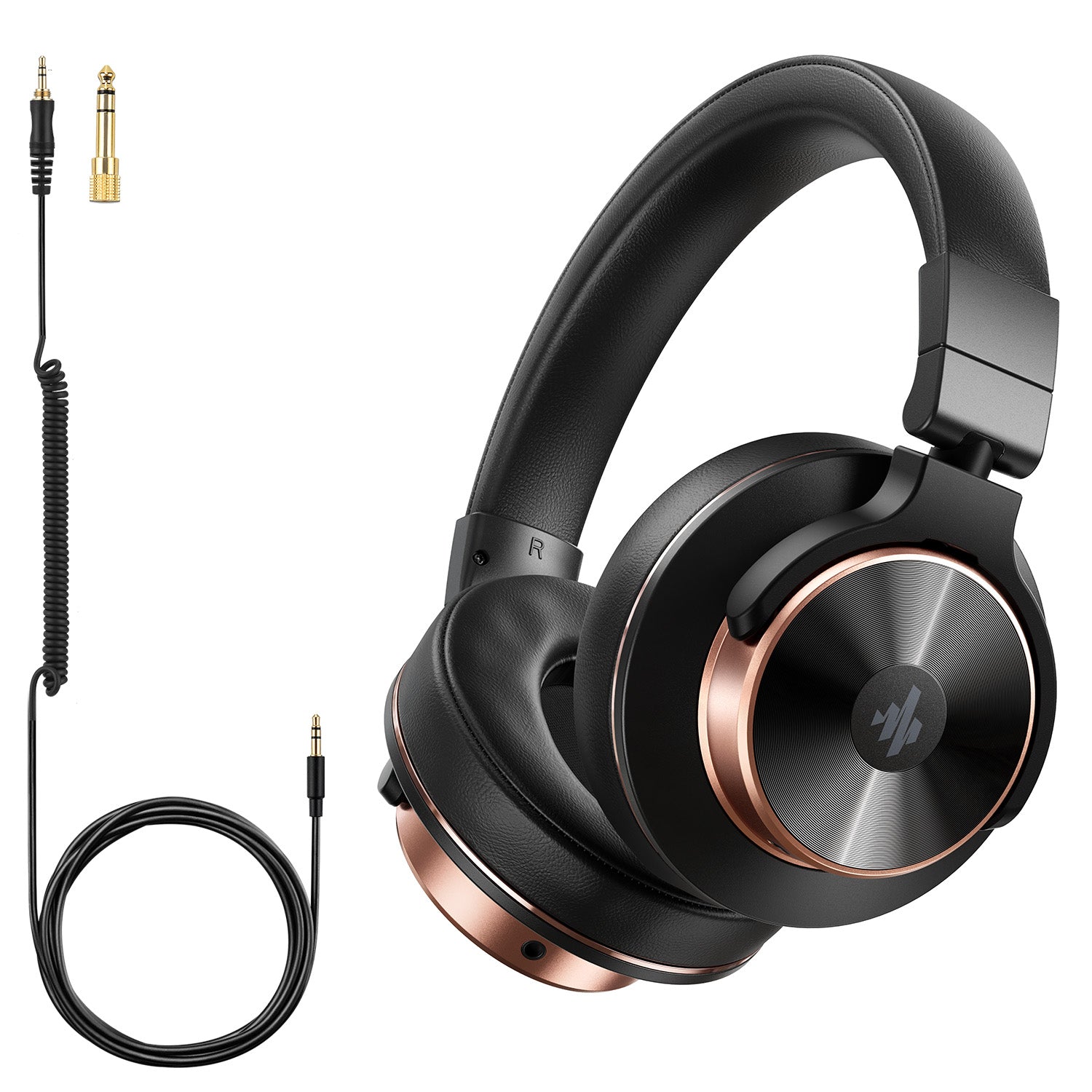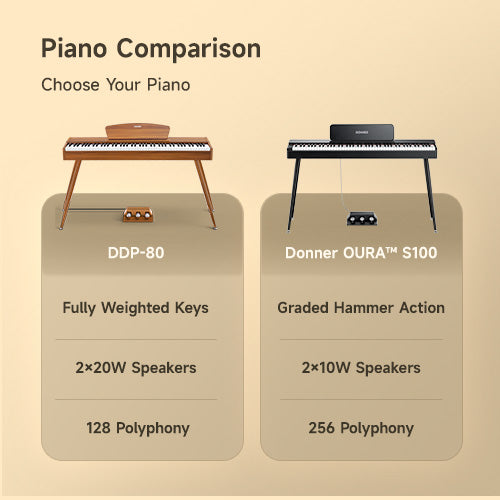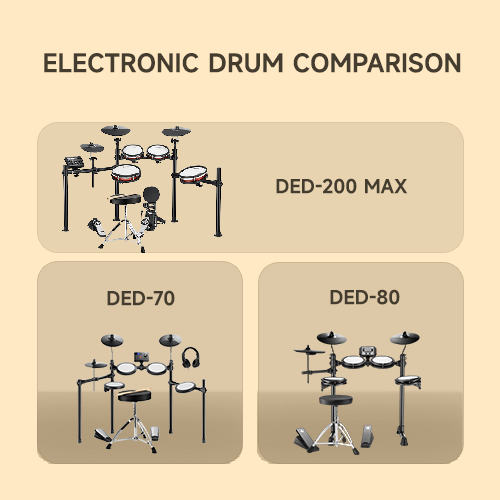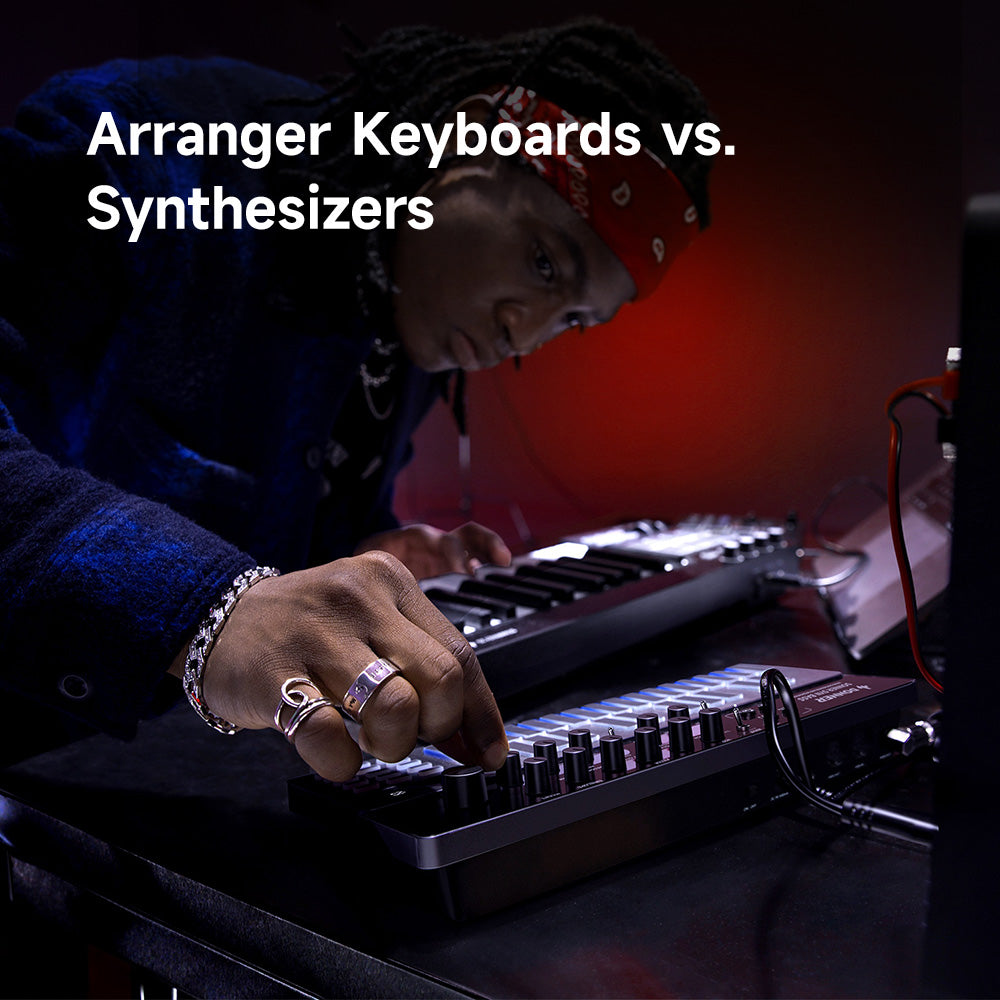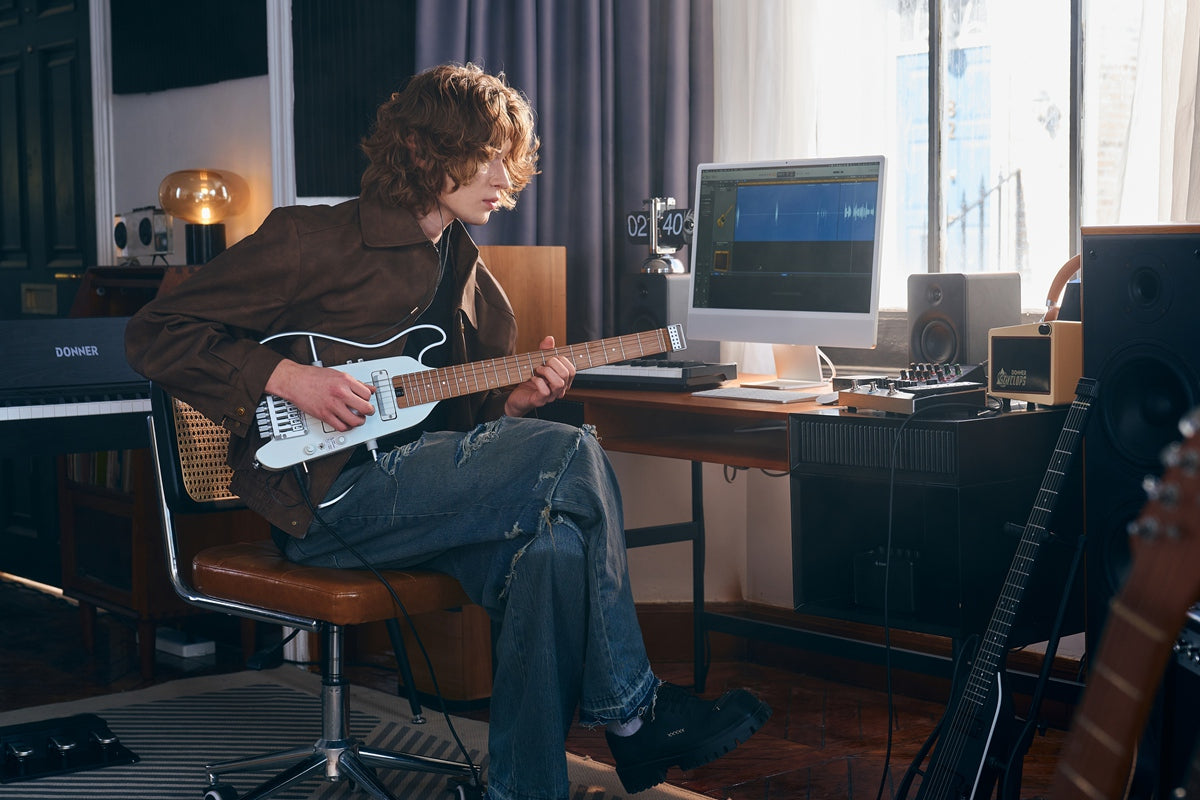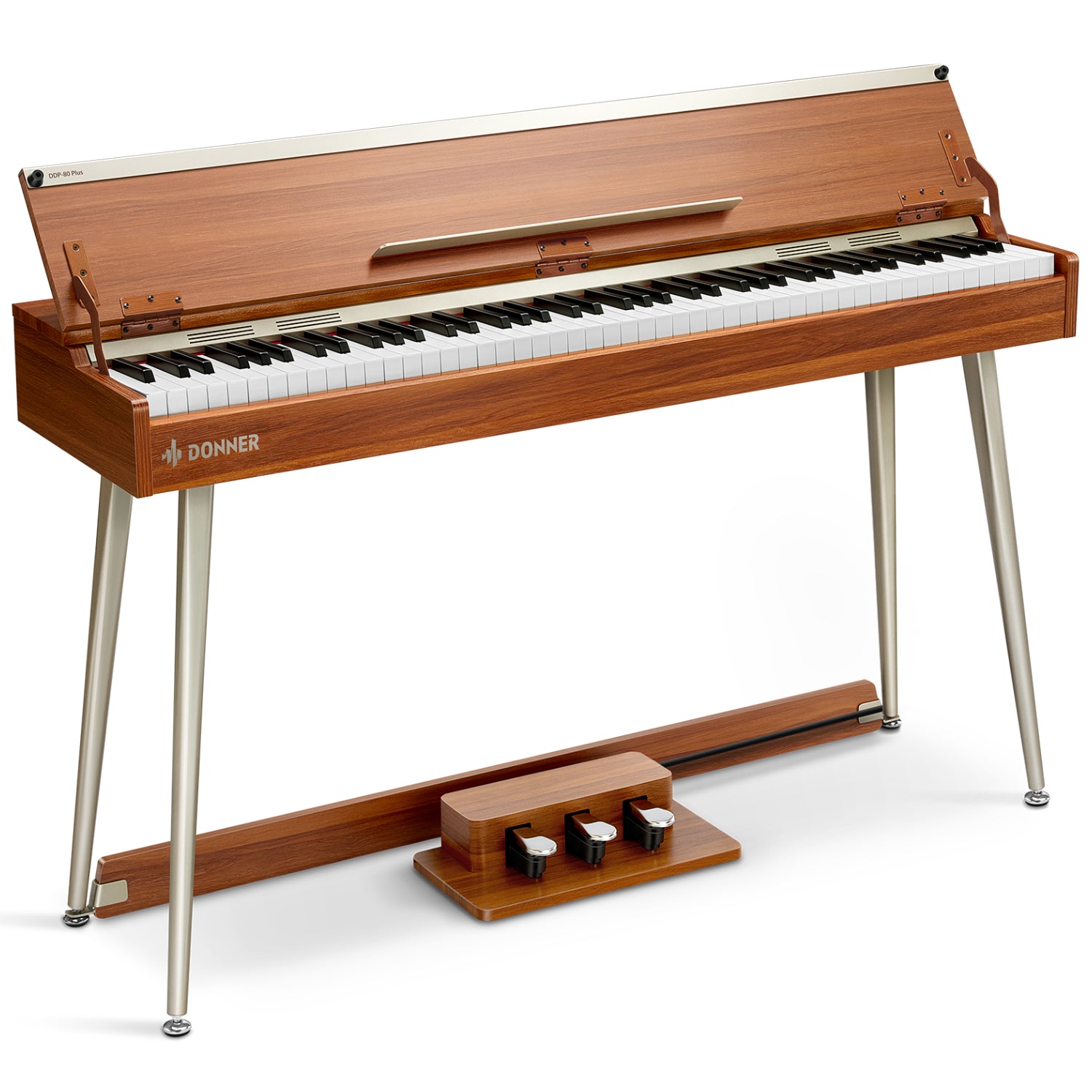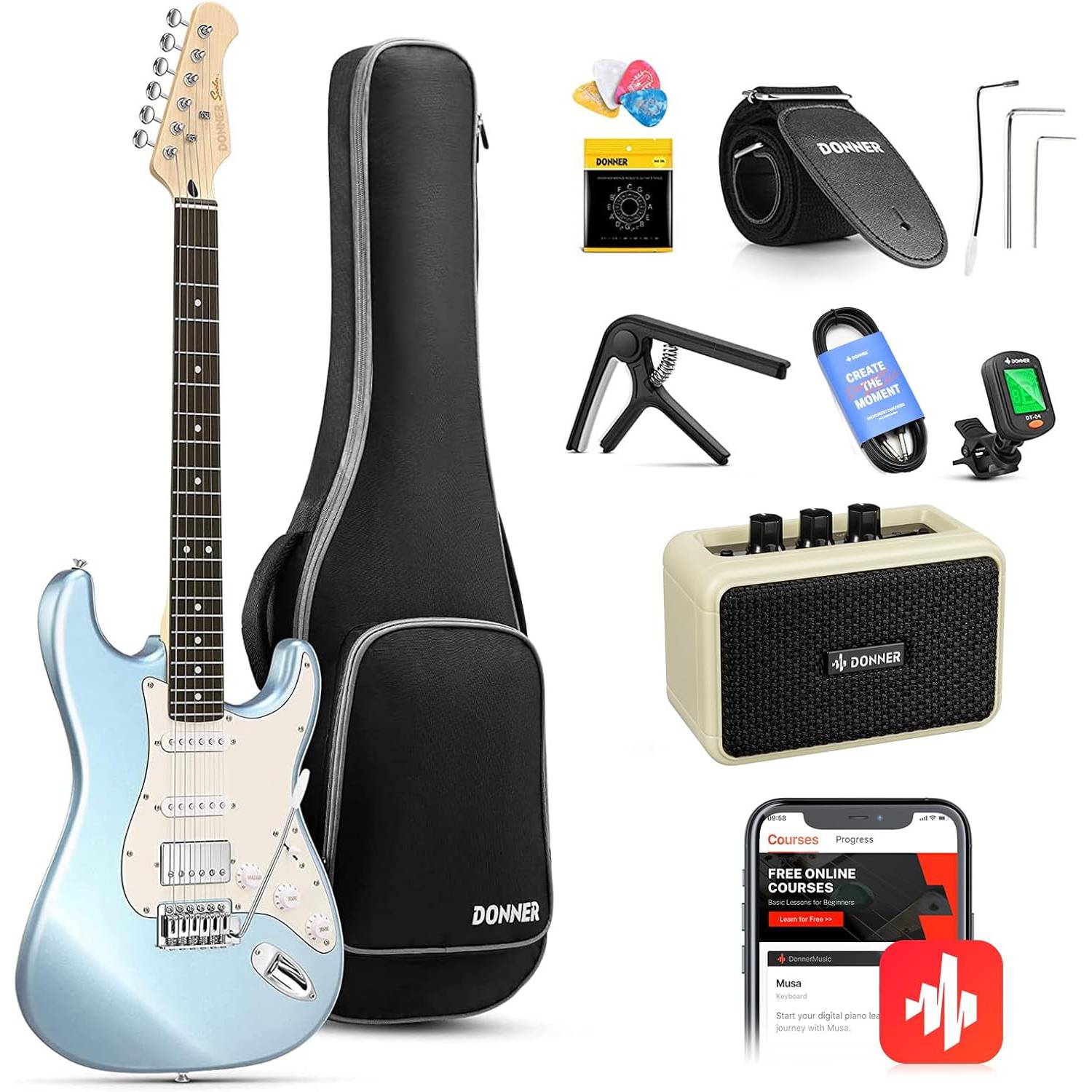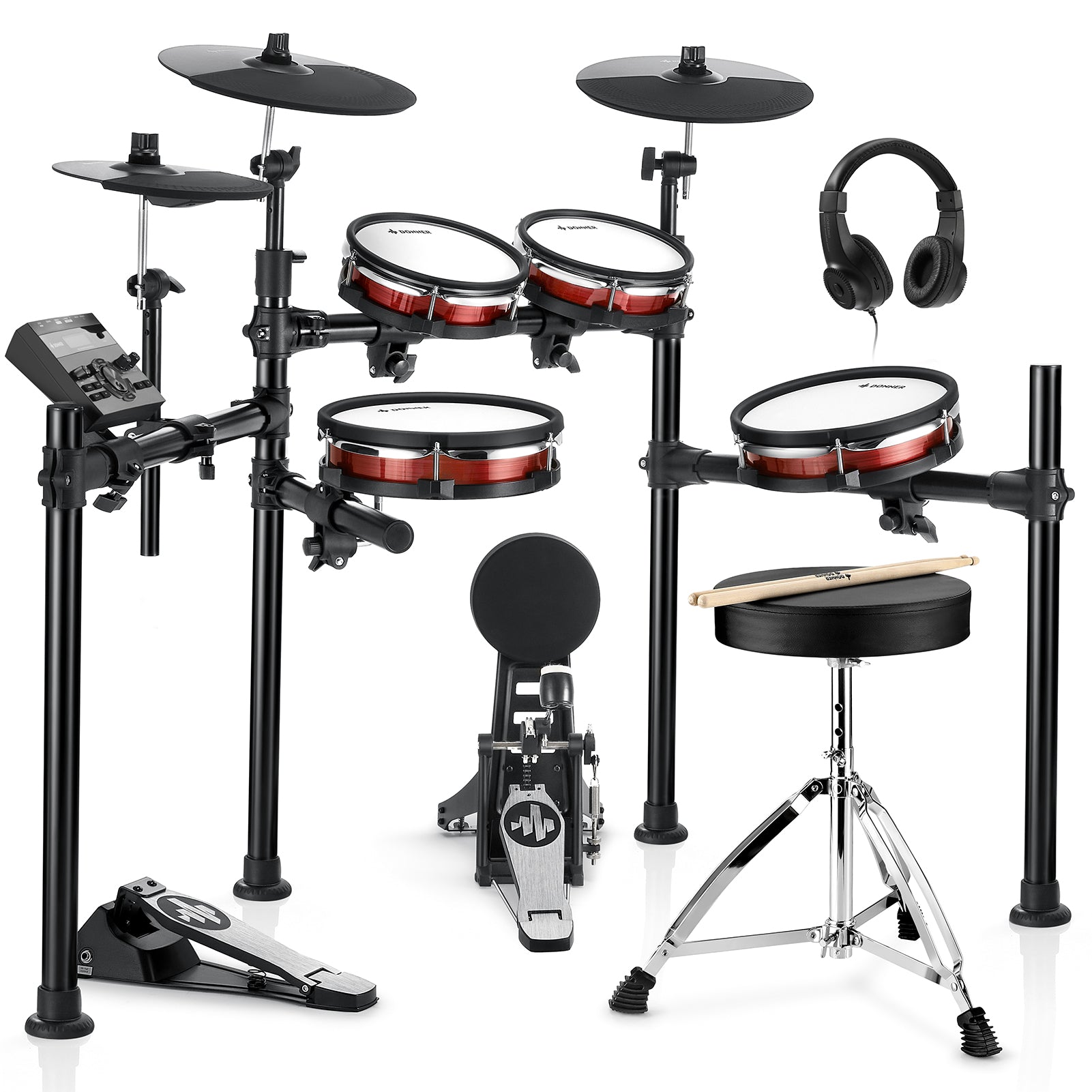Today, electronic music has become increasingly popular and mainstream, with its influence permeating into many other genres of music. The rise of electronic dance music (EDM) in the 2010s has contributed to the growth of the electronic music industry, with many festivals and events dedicated solely to the genre. In addition, the use of electronic elements in pop music has become commonplace, with many chart-topping hits featuring electronic beats, synths, and production techniques.
Do you know what is a synthesizer and sequencer? And what is their role in electronic music?

WHAT IS A SYNTHESIZER? HOW DOES IT WORK?
Synthesizer is an electronic musical instrument that is used to create and manipulate sound. It generates audio signals that can be modified in various ways to produce different tones, timbres, and textures. Synthesizers typically have a keyboard or other input device to trigger the sounds, and various knobs, sliders, and buttons to adjust parameters such as pitch, filter cutoff, and envelope shape.
Synthesizers are electronic musical instruments that generate sound by producing electrical signals. They work by generating and shaping sound waves using a combination of oscillators, filters, amplifiers, and envelopes.
How Synthesizers Work?
- Oscillators: These are the sound generators of a synthesizer, which produce waveforms such as sine, sawtooth, and square waves. They create the basic sound that is shaped and modified by other components in the synth.
- Filters: Synthesizers have filters that can cut or boost certain frequencies of the generated sound. Low-pass filters are commonly used in subtractive synthesis, which is the most common type of synthesis used in synthesizers. They allow lower frequencies to pass through and cut off the higher frequencies, creating a more mellow sound.
- Amplifiers: Synthesizers also have amplifiers, which increase the amplitude or volume of the sound. Envelope generators can control the amplifier's attack, decay, sustain, and release, which determines how the sound changes over time.
- Modulation: Modulation is the process of changing one sound parameter with another. For example, an LFO (low-frequency oscillator) can modulate the pitch or filter of a sound, creating a wobbling effect. Modulation is a powerful tool that can create complex, evolving sounds.
- Control Interface: Synthesizers also have a control interface, which allows the user to adjust and manipulate the sound. This can include knobs, sliders, buttons, and sometimes a keyboard.
Overall, the basic idea of a synthesizer is to create a rich, expressive sound by combining different waveforms, filters, and modulation techniques. Synthesizers can produce a wide range of sounds, from classic analog basses to futuristic digital textures, and have become an essential tool for modern music production.

WHAT IS A SEQUENCER?
A sequencer is a device or software that is used to record and playback musical sequences. It can be used to create and arrange patterns of notes and rhythms, and to control the timing and duration of individual events. A sequencer can be used to control a synthesizer, as well as other types of electronic instruments, to create complex musical arrangements.
What Role Do Sequencers Play in Music Making?
A sequencer works by storing a series of musical events, such as notes or sounds, and playing them back in a predetermined order. The user can create and edit these events using a variety of input methods, such as a keyboard, drum pads, or a computer mouse.
The events are usually organized into a grid or timeline, where each row represents a separate sound or instrument, and each column represents a specific moment in time. The user can program the events by placing them in the appropriate position on the grid or timeline, and then adjust the timing, pitch, and duration of each event as needed.
Once the events have been programmed, the sequencer can play them back in a variety of ways. The user can choose to play the events in a continuous loop, or they can trigger the events manually, either by pressing a button or playing a keyboard. The user can also adjust the tempo and timing of the playback, allowing them to create complex rhythms and grooves.
Sequencers can also be used to control external devices, such as synthesizers, drum machines, or other sound modules. By sending a series of commands to these devices, the sequencer can control their parameters, such as pitch, volume, and modulation, allowing the user to create intricate and evolving soundscapes.
Overall, the sequencer is an essential tool for electronic music production, allowing musicians to create complex and innovative compositions with ease.
ANALOG BASS SYNTHESIZER & SEQUENCER IN EDM
In electronic music production, the bass synthesizer and sequencer are essential tools that are used to create the rhythmic backbone of a song. These two tools are often used in tandem to create intricate bass lines and drum patterns that form the foundation of electronic music.
A bass synthesizer is an electronic musical instrument that produces sounds using a combination of oscillators, filters, and amplifiers. The instrument is designed specifically to create low-frequency bass sounds and is commonly used in electronic music genres such as techno, house, and dubstep. The bass synthesizer is known for its ability to create rich, deep, and punchy bass sounds that can be used to create groovy bass lines that drive the beat of a song.
Analog Synth vs Digital Synth
Analog bass synthesizers use analog circuits to generate sounds, while digital bass synthesizers use digital signal processing (DSP) technology.
1. Sound:
Analog synthesizers tend to have a warmer, more organic sound due to the nature of the analog circuits. They can produce rich, complex harmonics and a natural-sounding decay.
Digital synthesizers offer precise control over sound parameters and can produce a broader range of sounds.
2. Stability:
Analog synthesizers can be less stable and require more frequent calibration. In comparison, digital synthesizers are more stable and require less maintenance than analog synthesizers. Digital synthesizers often come with built-in effects and can offer more flexibility in terms of routing and modulation.
3. Cost:
In terms of cost, analog synthesizers tend to be more expensive due to the complexity of their circuits and the cost of the components. Digital synthesizers can range from inexpensive software plugins to high-end hardware workstations.
Ultimately, the choice between an analog and a digital bass synthesizer will depend on the musician's personal preference, the type of music they want to create, and their budget.
Classical TB-303 and Donner B1
One of the most popular bass synthesizer and sequencer on the market is the Roland TB-303. First introduced in the early 1980s, the instrument was originally designed to be used by guitarists as a rhythm instrument, but it quickly found a following in the electronic music community.
The TB-303 is known for its distinctive sound, which is characterized by a deep, resonant bassline that is both powerful and melodic. The instrument is also known for its unique sequencing capabilities, which allow musicians to program complex and intricate bass lines with ease. The TB-303 has been used in many classic electronic music tracks and has become a staple of the genre.

As an alternative of TB-303, Donner B1 Analog Bass Synthesizer & Secquence has an affordable price and is no less functional.
1. Beginner-Friendly Synthesizer Interface
We’ve optimized the sequencer of this synthesizer to be easier and more intuitive to use. Easily edit your own sequences with 128 sequence presets covering a range of musical styles, and 128 user programmable presets.
2. Classic 3 Type Deep Bass Tone With Saturation and Delay Effects
Get authentic analog deep bass tones, paired with distortion and tape delay for all the retro flavors. Perfect for electronic music producers, DJs, and Hip-Hop producers.
3. Flexible and Versatile Music Studio at Your Fingertips
The B1 connects to your DAW via USB-MIDI for use as a MIDI keyboard, and the MIDI IN/OUT interface connects the B1 to your external MIDI devices for sequencing or as a MIDI controller. Connect external sound sources using the 1/8" audio input. The 1/4" TS mono Main Out carries the main output signal. The 1/8" headphone jack is perfect for monitoring your sound. The B1’s audio I/O options have you covered.
OVERALL
Over the years, the technology behind synthesizers and sequencers has improved significantly, leading to the development of more advanced and versatile instruments. Today, there are numerous hardware and software synthesizers and sequencers available, each with its unique features and capabilities. This has made it easier than ever for musicians and producers to create their own electronic music, regardless of their skill level or experience.
In conclusion, synthesizers and sequencers are essential tools in the creation of electronic music. They provide a high degree of control and flexibility, enabling producers to create unique, complex sounds and patterns. As technology continues to evolve, it is likely that we will see even more advanced synthesizers and sequencers in the future, further pushing the boundaries of what is possible in electronic music production.



